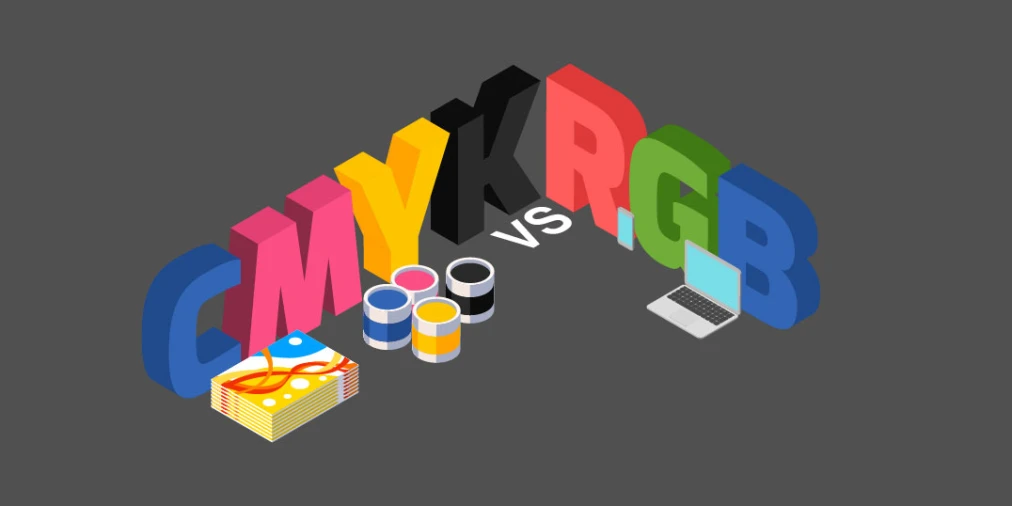RGB is only used by devices which generate light (think televisions, cameras and mobile phones, for example). RGB differs from CMYK in that it blends different hues of red, green and blue to create light – it is an additive process rather than a subtractive one. Combining RGB at full intensity produces white (rather than the black produced by a full-intensity combination of CMYK).
RGB colours build on the absence of black to create light in the form of the visible colours that we see. RGB offers a wider selection of colours and higher colour accuracy than CMYK. It’s still possible to print RGB images, although this is likely to cause colour discrepancies, so it’s best to ensure that they’ve been converted to CMYK beforehand.
That’s the gist of things, in layman’s terms. Fortunately, design programs can easily convert projects between CMYK and RGB, as well as advise us on the best CMYK settings for our desired method of printing. So, as long as you remember that RGB is for digital and CMYK is for print, you can rest assured that your project will look as intended... in terms of colour, that is!
Looking to design for print or digital? Get in touch with our team today.







